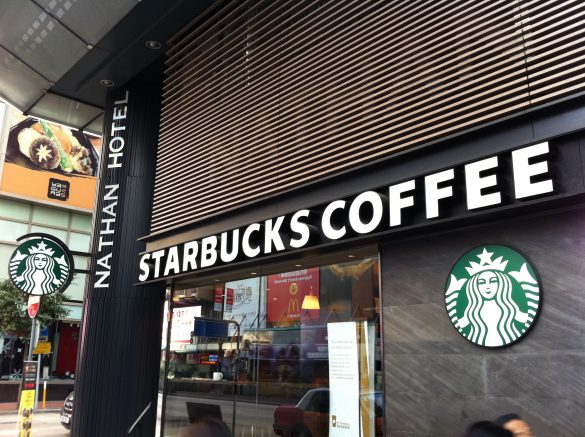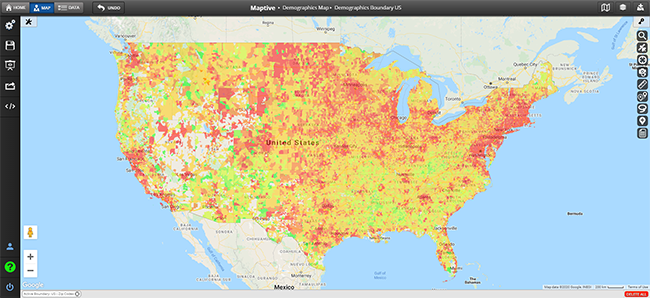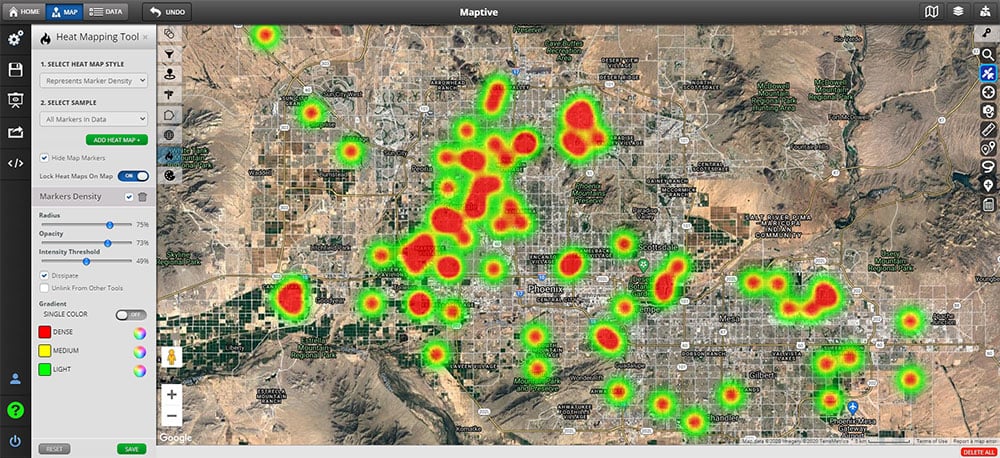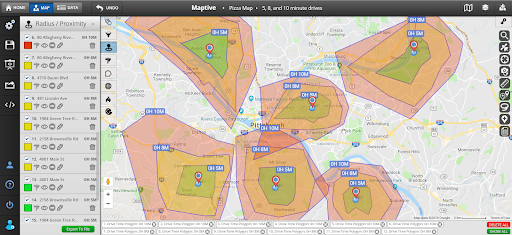
A business’ location can have a massive impact on its success. There are a number of different factors involved when determining the optimal placement of an organization, and it can be overwhelming for many entrepreneurs.
This is why proper business location analysis is so important. When done right, this process takes the guesswork out the equation and allows you to make an informed decision.
In this post, we’ll cover what exactly location analysis is and the four main factors you’ll need to consider when selecting a site for your business.
Table of Contents
Business location analysis is the process of gathering and analyzing data in order to assess the suitability of a site, or multiple sites, for a particular business. This is also known as site selection.
Every business is different. The formula will change depending on whether your business is a retail store or an office, operates in the private sector or public sector, etc.
You’ll need to assess your unique needs, as well as the needs of your customers, to find the most ideal location.
While the needs of each business differ, there are several factors that every organization will need to consider when performing site selection analysis:

Demographic Map using Geographic Boundaries
Perhaps the most important part of analyzing a proposed site is establishing what type of population surrounds it. This is especially true for businesses that depend on foot traffic, as well as service-based businesses.
When assessing a location you’ll want to know the following demographic information:
Interactive mapping software, like Maptive, allows you to plot demographic data on a map, making it easy to analyze the demographics of an area. Decide what type of customers you’re looking to target and then find an area with a higher percentage of those types of people.

Heat Mapping of Customer or Competitor Data
An area might feature the right kinds of demographics, but if it’s filled with competing businesses then it’s likely not the best choice.
If you move to an area with too many competitors you’ll end up fighting over the same customers. Instead, you want to find underserved markets. That way there will be more demand for your products and services.
The easiest way to do this is to plot the locations of your competitors on a map and use radii to identify their service areas. Are there any locations not served by your competitors? Are there any sites that provide you with a competitive advantage? Take a closer look at those areas to see if any of them meet your other criteria.
Where do you see your organization in five years? Make sure to factor this in when analyzing a location. A site might seem great now, but will it still be suitable when your business expands?
Analyze your business data and come up with some predictions for your organization going forward. This includes things like staff, logistics, and resources. Based on this, decide what your needs are now as well as in the future.
You don’t want to be paying for space you don’t need, but you also don’t want to run out of room in a year and have to move again. Try to find a site that will be able to accommodate your growing needs for at least three to five years.

Radius Maps for Logistical Planning
When you’re looking for a potential location you need to have a budget in place. A site might seem perfect for your business, but if the economics don’t make sense you’ll never be profitable.
Here are some questions you need to ask yourself:
There are a number of costs and expenses that are easy to overlook, so make sure to do a full financial analysis on a site before making a decision.
Business location analysis may seem complicated, but if you know what to look for the process becomes much easier. And if you’re looking for an effective location analysis tool, Maptive’s interactive mapping software provides a wide range of features that will help you identify the best sites for your organization.
Try Maptive Free for 10 Days! Get started in minutes! Instantly upload data to generate custom Google maps for location analysis.
Fred Metterhausen is a Chicago based computer programmer, and product owner of the current version of Maptive. He has over 15 years of experience developing mapping applications as a freelance developer, including 12 with Maptive. He has seen how thousands of companies have used mapping to optimize various aspects of their workflow.
